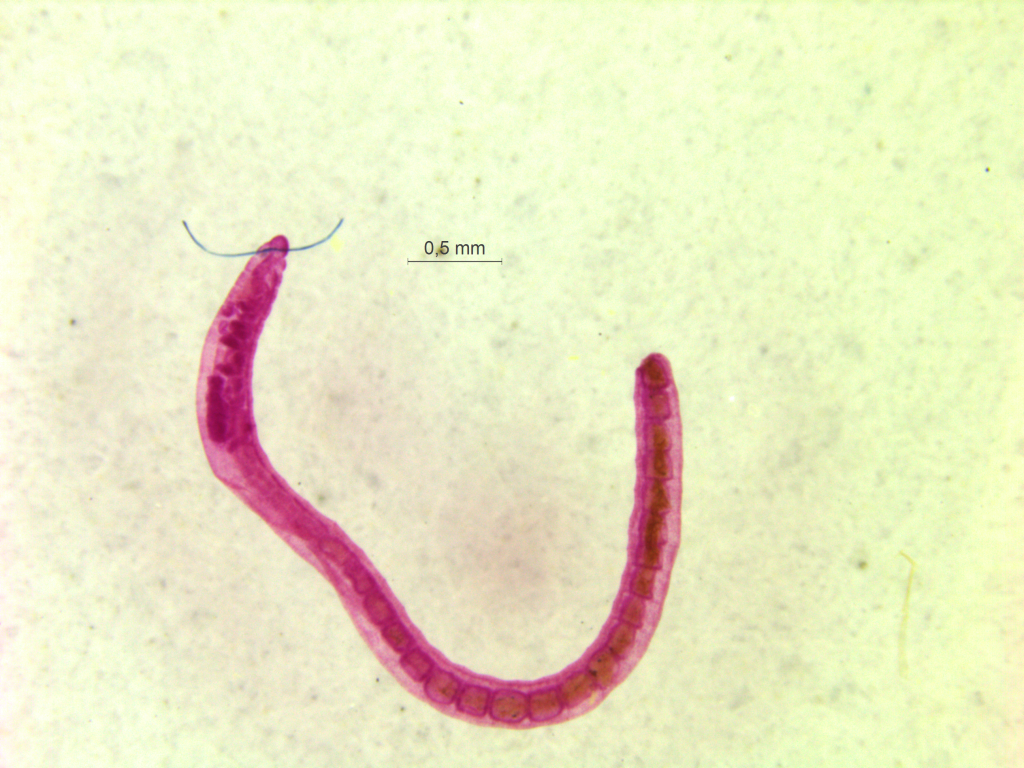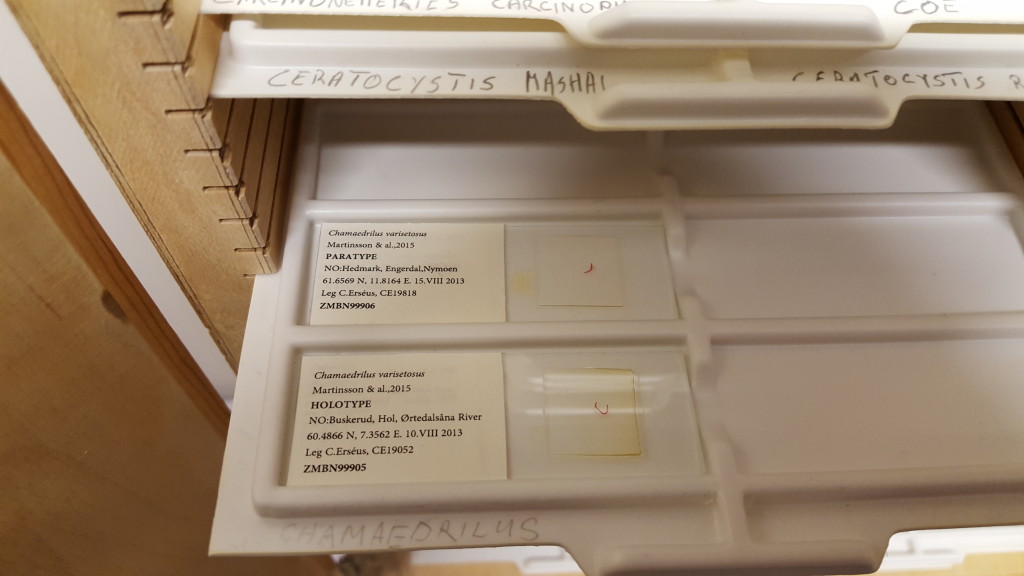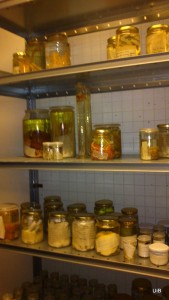Today’s topic is the collection of type specimens of invertebrates at the University Museum, the true heart of the collections.
“Type specimens are the objective standard of reference for the application of zoological names. When a new species or subspecies is described, the specimen(s) on which the author based his/her description become the type(s) (Article 72.1). In this way names are linked to type specimens, which can be referred to later if there is doubt over the interpretation of that name.
Consequently types are sometimes referred to as “onomatophores” which means name bearers.”
– International Commission on Zoological Nomenclature (IZN)
Wikipedia has neat page about type specimens, so we are borrowing some text from them: “Although in reality biologists may examine many specimens (when available) of a new taxon before writing an official published species description, nonetheless, under the formal rules for naming species (the International Code of Zoological Nomenclature), a single type must be designated, as part of the published description.
A type description must include a diagnosis (typically, a discussion of similarities to and differences from closely related species), and an indication of where the type specimen or specimens are deposited for examination.
The geographical location where a type specimen was originally found is known as its type locality.” Wikipedia
Zoological collections are maintained by institutions such as universities and museums. Ensuring that types are kept in good condition and made available for examination by taxonomists are two important functions of such collections. The particular specimen that the species description is based on is called the holotype.
Frequently the first description of a species was also based on additional individuals. These individuals are called paratypes and are supposed to reflect some of the morphological variability of the species. Our museum has accumulated about 1500 type specimens of (non-insect) invertebrates since the mid 18hundreds, but the number is not yet exact due to a dubious status of some of the oldest specimens. We are keeping those types that are preserved in liquid in a climate regulated room.
When the specimens have been mounted by the researcher on glass slides for microscopy, we are keeping those in special cabinets that are portable in case evacuation of the building should be necessary.
The type collections continue to grow as new species are being described, and new material is deposited in our care.

The Holotype of Chamaedrilus varisetosus, new species described by Martinsson et al. 2015 and one of several recent additions to the type collection of invertebrates in Bergen. (Photo: E.Willassen)

Type specimen on microscopy slides are kept in special cabinets. This shows the Holotype and Paratype of the small worm Chamaedrilus varisetosus, which was described for the first time by a group of Swedish and Italian researchers this year (Martinsson, Rota, Erséus (2015): ZooKeys 501: 1–14. doi: 10.3897/zookeys.501.9279) (Photo: E.Willassen)
When someone works on the taxonomy of a group of animals (be it on order, family, genus or species level) they will often need to re-examine the type material. This makes the type collection perpetually crucial for the research community – and a great responsibility for the Museum.

Jon, one of the PhD-students at BIO, examining the type specimens of the sponge Chondrocladia (Chondrocladia) michaelsarsi

Type specimen of Chondrocladia (Chondrocladia) michaelsarsi collected in 1910, described by Emily Arnesen in 1920 – you can find the species description here (pdf).



